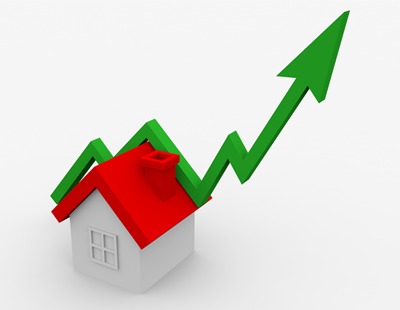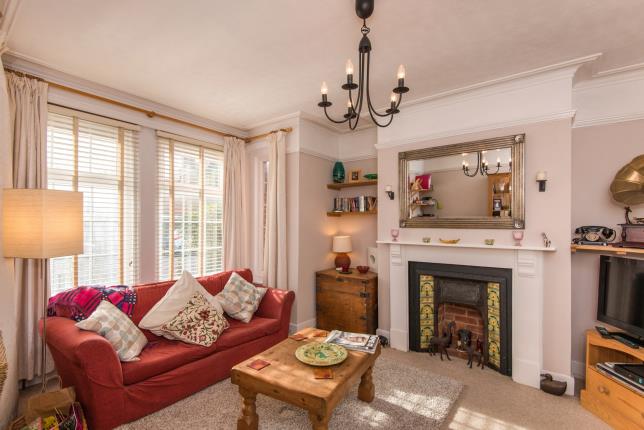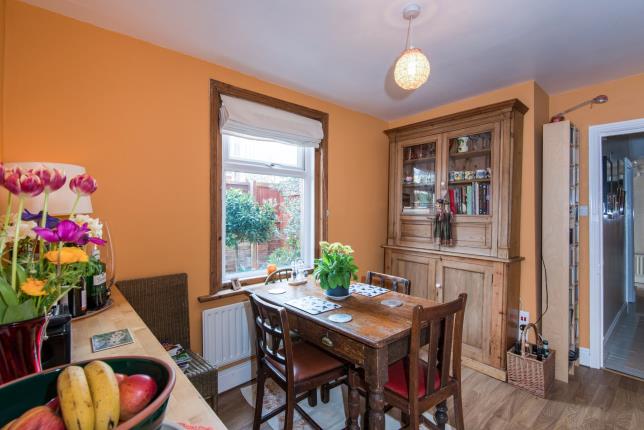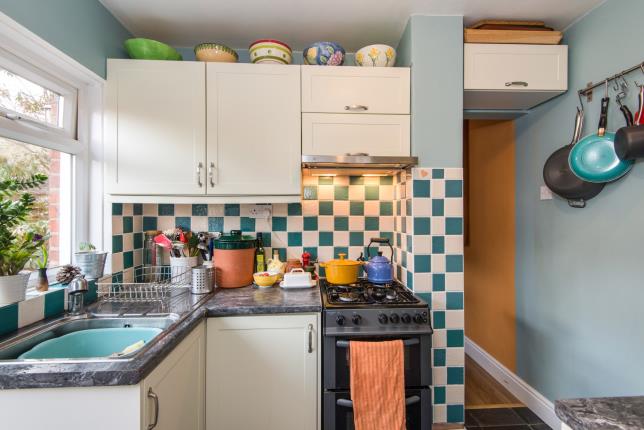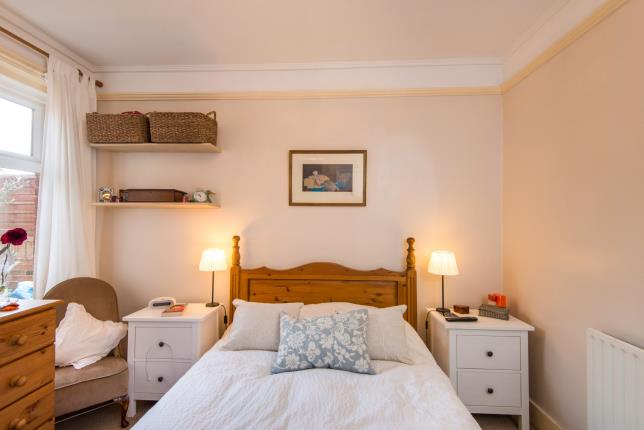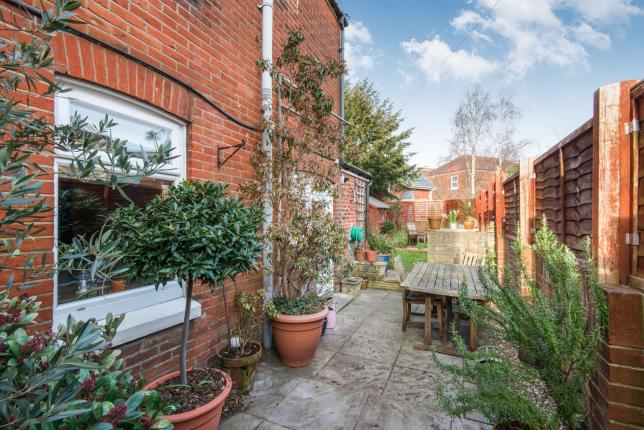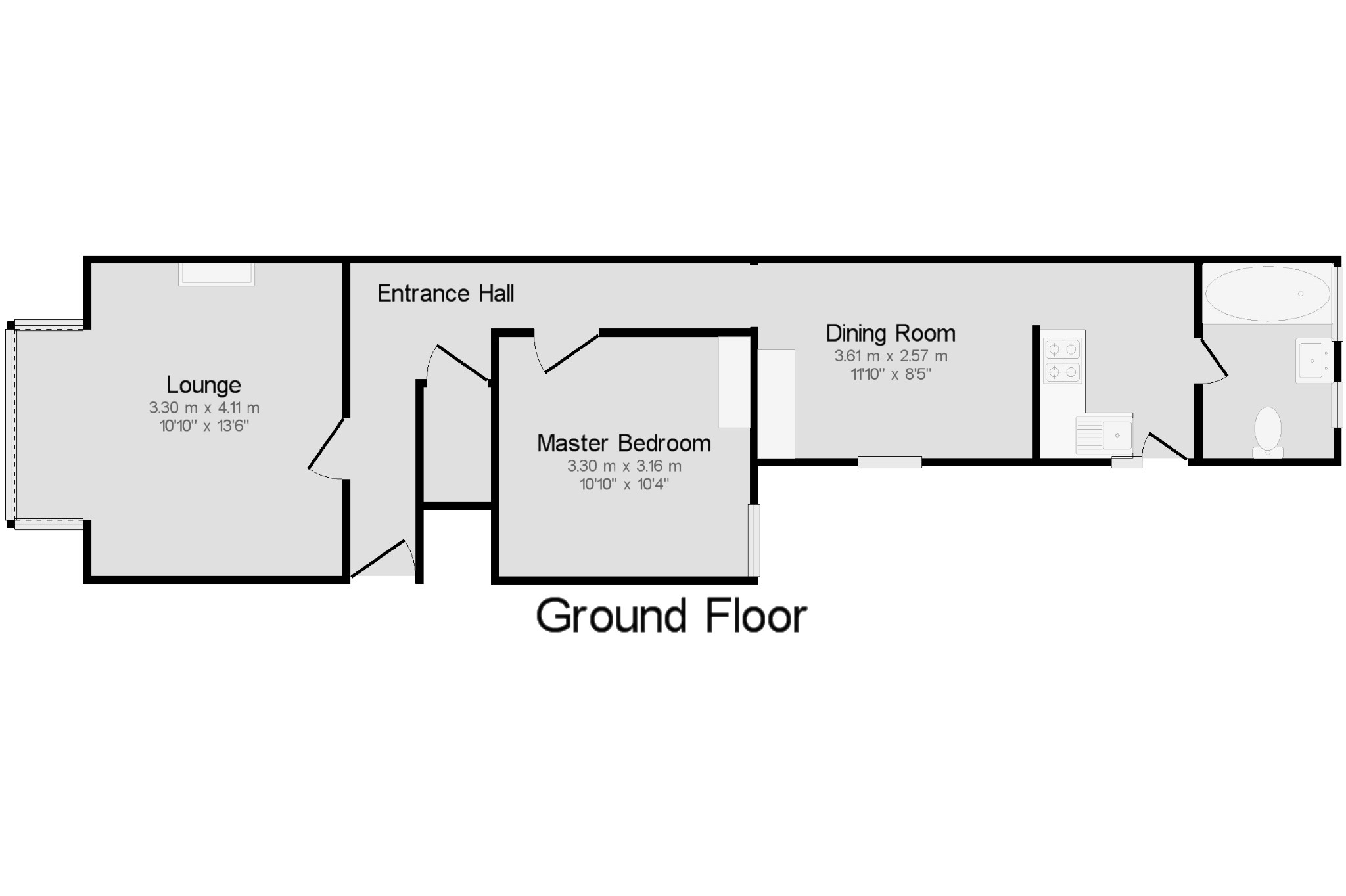·
Flat prices have
outperformed all other property types, rising by over £86,000 since 2008
· On average people
paying almost £20,000 more for flats than semi-detached properties
· First-time buyers
bypass flats in favour of semi-detached homes
The average
price of a flat in the UK has risen by £86,474 (£1,029 per month) since
property prices were at their lowest in late 2008 – from £150,749 in Q4 2008 to
£237,223 at the end of 2015, according to the latest research from Halifax.
The 57%
increase in the average price of a flat is significantly higher than the 37%
rise for all residential properties over the same period. Additionally, it
means that buyers are on average now paying almost £20,000 (£17,978) more for a
flat than for a semi-detached home, meaning only detached properties and
bungalows command a higher price nationally. Detached homes recorded the
smallest rise (20%) over the past seven years, while terraced and semi-detached
houses saw price rises of 38% and 34% respectively since 2008.
A
considerable proportion of the national rise in flat values since 2008 is due
to the rapid increase in flat prices in London (62%); flats represent a much
higher share of the property market here than elsewhere; half of sales in the
capital (50%) are of flats compared with the UK average of 17%.
However, if
London performance is excluded, then price growth is greatest for terraced
homes (31%); closely followed by semi-detached houses (29%). Both have outpaced
flats (26%). Detached home properties remain the worst performer (19%) on this
basis.
Prices have
increased by around 20% across all property types since 2013 with the exception
of detached properties, which have seen a much lower rise (8%).
Martin
Ellis, housing economist at Halifax, commented:
“The high
prices being paid for London flats have had a significant impact on the
national picture when it comes to property type winners and losers. This is the
result of more flats being sold in the capital and at the higher end of the
market. Such is their popularity that flats continued to outperform other
property types in the capital last year, with an annual price growth of 17% by
the end of 2015.”
Terraced
homes (30%) and semis (29%) are still the most popular types of property
purchased as in 2008. There have, however, been some changes in market
composition over the past seven years, with an increase in the share of
semi-detached homes (from 25% to 29%), whilst the proportion accounted for by
flats has fallen from 22% to 17%.
This shift
from flats to semis has been particularly marked for first-time buyers.
Semi-detached homes have risen in popularity, accounting for 29% of purchases
in 2015 compared with 23% in 2008. However, flat sales for first-time buyers
have fallen from 32% of all property sales to 23% over the same period.
Martin Ellis
continues: "Semi-detached and terraced homes have remained the most
popular property types amongst purchasers, and increasingly so for first-time
buyers. Whilst many might expect a flat to be the most typical first step on
the housing ladder, it is clear that this is shifting with more and more
first-time buyers bypassing this option, choosing a semi-detached house
instead."
Flats and
terraced homes are best for buyers with tight budgets
A typical
flat costs less than £120,000 – below the lowest stamp duty threshold – in the
North, Wales and Yorkshire and the Humber, and costs between £120,000 and
£145,000 in the North West, West Midlands, East Midlands and Scotland.
Whilst
average flat prices are lower than for any other property type in London, at
£385,269, they are considerably higher than flat prices anywhere else in the
UK.
The average
price of a terraced home is between £120,000 and £147,000 in all regions
outside southern England.
For the full
report please see

